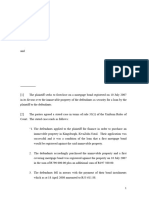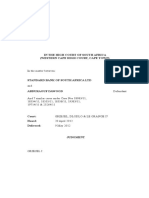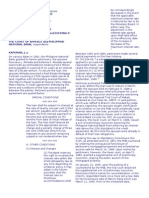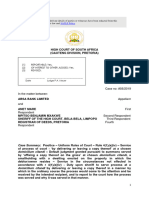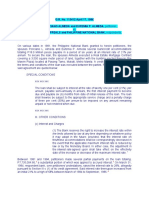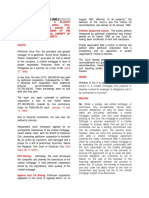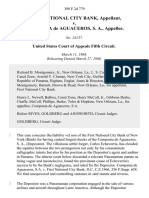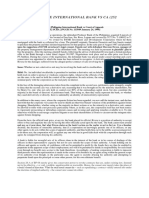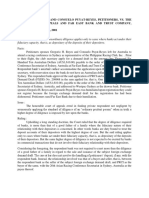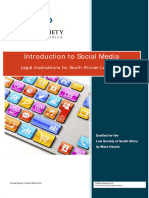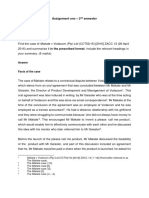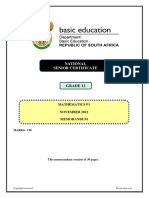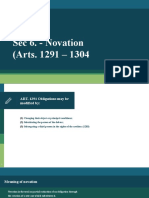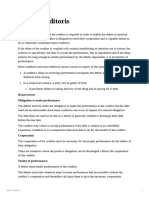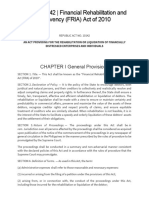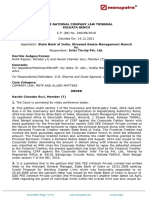0% found this document useful (0 votes)
12 views10 pages423
Standard Bank seeks judgment for outstanding loan repayments from the Sequeiras, who oppose the application on several grounds, including a typographical error regarding the loan date and challenges to the constitutionality of Rule 46A. The court finds that the Sequeiras' arguments are without merit, as the loan was correctly advanced in 2007 and the delivery of required notices was sufficient. Ultimately, the court rules in favor of Standard Bank, allowing for the execution against the property to proceed.
Uploaded by
Asenathi SandisoCopyright
© © All Rights Reserved
We take content rights seriously. If you suspect this is your content, claim it here.
Available Formats
Download as PDF, TXT or read online on Scribd
0% found this document useful (0 votes)
12 views10 pages423
Standard Bank seeks judgment for outstanding loan repayments from the Sequeiras, who oppose the application on several grounds, including a typographical error regarding the loan date and challenges to the constitutionality of Rule 46A. The court finds that the Sequeiras' arguments are without merit, as the loan was correctly advanced in 2007 and the delivery of required notices was sufficient. Ultimately, the court rules in favor of Standard Bank, allowing for the execution against the property to proceed.
Uploaded by
Asenathi SandisoCopyright
© © All Rights Reserved
We take content rights seriously. If you suspect this is your content, claim it here.
Available Formats
Download as PDF, TXT or read online on Scribd
/ 10



